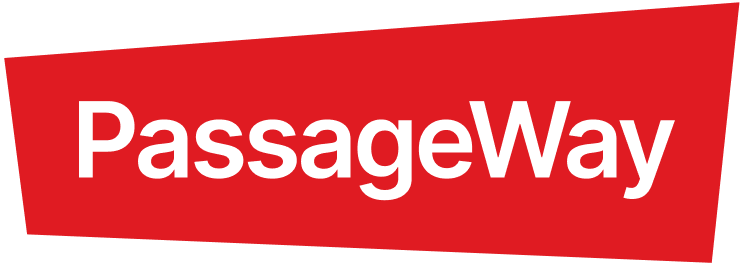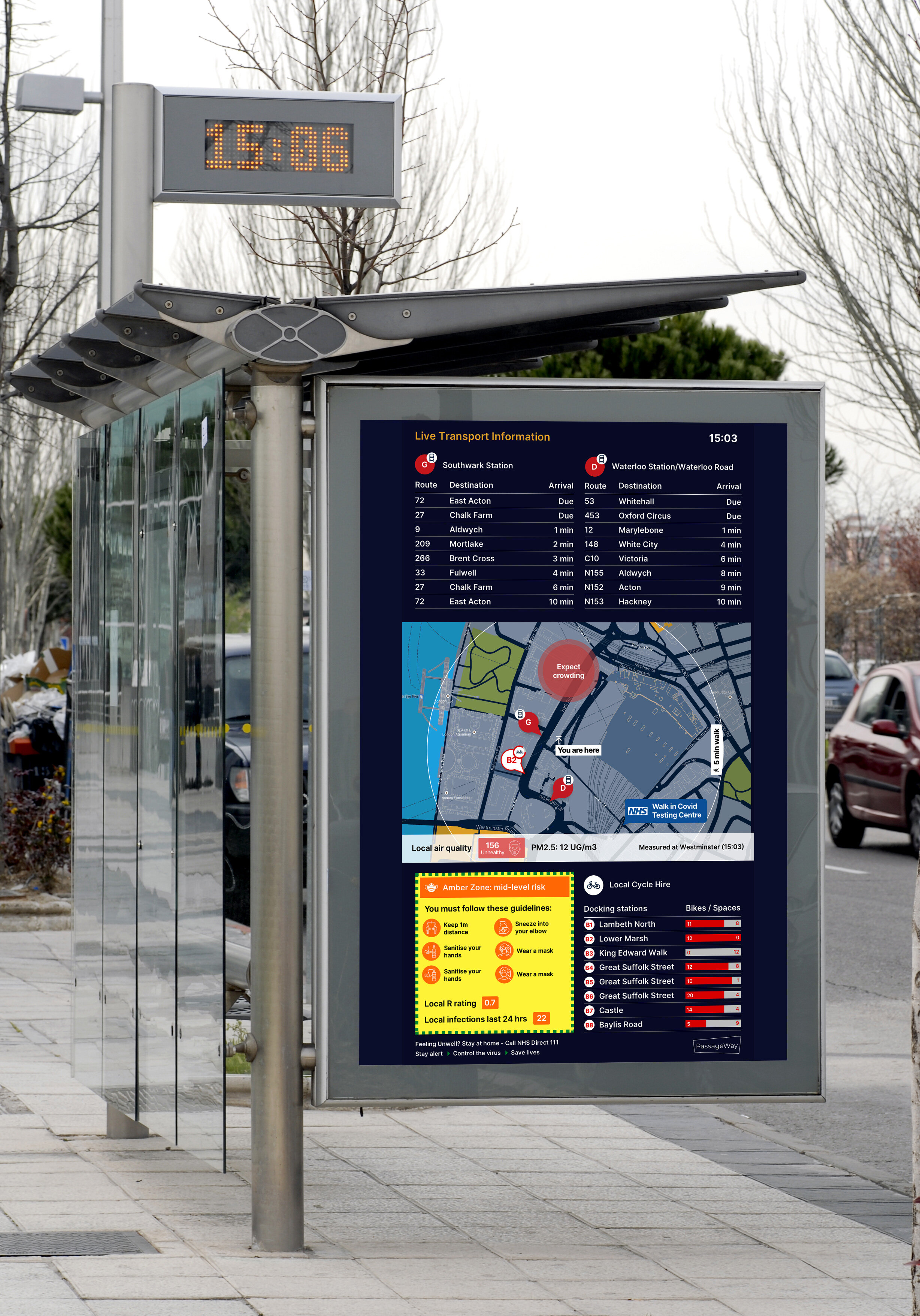Digital Signage, Generating Demand For Transport Authorities Post Lockdown
Transport Authorities, like the rest of the economy, will face a very different world when emerging from the COVID 19 lockdown.
After listening daily to ministerial briefings commending the drop in public transport usage, reading social posts honouring front-line staff whilst encouraging people to stay at home, we will, at some point in the not too distant future, begin to see lockdown restrictions being gradually lifted.
Transport Authorities will face a unique set of challenges in re-opening their services to the public. Principally, they'll need demand, but not to the level where it triggers a health alert due to too many people being in too close proximity. Then, there will need to be the careful balancing of supply and demand, to deliver much-needed profit. Plus, there will be significant operational challenges; ensuring staff and customers are suitably protected, transport modes subject to ongoing hygienic cleaning regimes, managing customer anxiety and accommodating complex cross-modal timetabling changes that may mean some customer journeys taking considerably longer due to interchange variances. And then, taking into account that major sporting and cultural fixtures are likely only to be given the go-ahead as part of the final phase of operation 'Freedom' it's easy to imagine the furrowed brows among the Transport Authority senior teams. In short, whilst everything will appear the same, everything will be different.
Smart, real-time digital signage can help Transport Authorities communicate effectively with their customers in the post-COVID 19 world, here's how:
1. Anxiety Reduction - Many people are going to be worried when venturing back onto public transport. By leveraging data, Authorities can inform and reassure customers that they're doing everything to ensure their safety. Examples may include;
Displaying when a bus or train was deep-cleaned with a countdown to its next one.
Highlighting if the upcoming train or bus is crowded or is likely to be reaching its COVID comfort limits.
Integrating with other data sources to display real-time health alerts and public information messages.
Showing how customers can contact the Authority to flag concerns
Displaying details of journey disruptions or any likely delays
2. Demand Generation - Paradoxically, given the recent Government report on 'Decarbonising Transport' which highlights public transport as the UK Government modal priority, one of the biggest challenges facing Transport Authorities in generating demand will be in persuading prior customers back from private car usage in the early stages of post-lock down, when people will typically return to car use because of innate anxiety over public transport.
Alongside anxiety reduction tactics, Transport Authorities are likely to have to be more creative in generating profitable demand. Digitally speaking, given that only 20% of smartphone users have downloaded a Mobility app it is unreasonable to expect that this figure will increase dramatically, so Authorities need to look at other ways to leverage their data to maximise their marketing reach.
With circa 60% of all public transport journeys being 'leisure-based' the key to generating demand will be reaching people in busy community locations, like shopping centres, schools, galleries, museums and high streets, encouraging these people to use public transport rather than their car. The good news is that Digital Out Of Home (DOOH) networks, with connected screens and totems, now cover the majority of dense urban UK areas with circa 11,000 networked screens, plus there are many times this number of privately connected screens in places like schools, hospitals and offices. Using these connected screens, Transport Authorities can free their mobility data from traditional locations like bus stops or train stations and instead focus on connecting places to all their local multi-modal mobility options, displaying real-time local availability along with any delays, disruptions and health notifications.
And finally...
Data is likely to be central to the success of the Transport Authorities strategy over the coming months and years. Not just multi-modal real-time data and predictions, but the integration and assimilation of new types of data such as cleansing countdowns, health alerts, government advisories. Working with customers, typically via mobility apps and Personal Passenger Information Systems, Transport Authorities can look to integrate crowdsourced data to enable improved service delivery and rapid information dissemination. To make this strategy successful Transport Authorities will need to take ownership of the data umbrella, giving unfettered and free access to developers to enable them to innovate. Understanding that is is only by being open that we can all build a better society for the future is the difference that may come out of the Pandemic.

